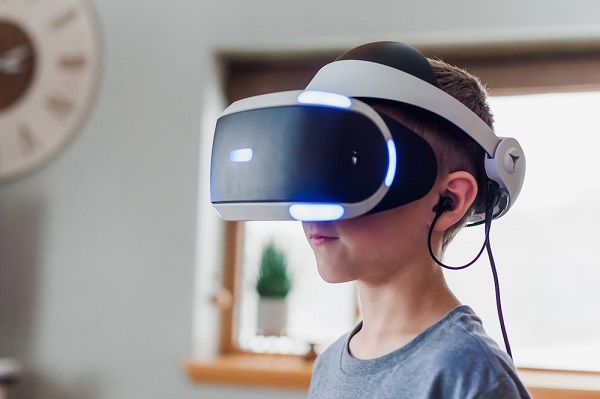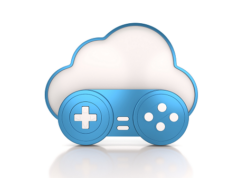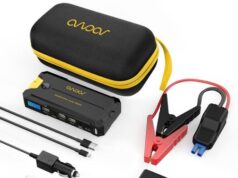Last Updated on
It’s crazy how fast time flies! Feels like just yesterday VR was still considered science fiction. Now it’s blown up and becoming a bigger part of everyday life.
VR has come a long way quickly. It keeps getting more advanced and doing things that seem impossible. Like redefining reality. Trippy stuff.
In this article, we’ll explore the exciting VR world and see how it’s evolving. All the latest tech that’s pushing boundaries of what’s achievable virtually. Captivating innovations make VR experiences higher quality and more accessible too. Opening it up for more people to jump in.
But VR isn’t just about gaming anymore. It’s expanding into healthcare, education architecture, and even space exploration! Mind-blowing applications across different industries. It’s changing how we learn, work, interact, and redefine things.
The future is now. Time to strap in and get ready for the VR rollercoaster ride ahead. It’s going to be one heck of a journey.
Evolution of VR Hardware
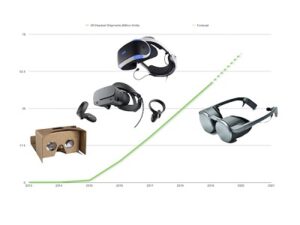 The changes in VR hardware tech have been really impressive, getting us closer to fully immersive digital experiences, which is awesome. The displays are way better now compared to early VR headsets. Those had bad screen door effects and low resolution that could take you out of feeling immersed. Nowadays, the headsets have high-res displays that make it tough to see the individual pixels and this means you get crisper, more realistic visuals and feel more present in VR.
The changes in VR hardware tech have been really impressive, getting us closer to fully immersive digital experiences, which is awesome. The displays are way better now compared to early VR headsets. Those had bad screen door effects and low resolution that could take you out of feeling immersed. Nowadays, the headsets have high-res displays that make it tough to see the individual pixels and this means you get crisper, more realistic visuals and feel more present in VR.
The field of view has also improved. Early headsets had narrow views so you kind of felt like you were looking through a small window. The field of view is wider in today’s hardware, so you get a bigger, more immersive view of the virtual environment.
Comfort has gotten way better too. Old VR headsets were heavy and not great to wear for a long time. New ones are designed to be ergonomic and comfy, with adjustable bands and lightweight materials. Some even have cooling to keep you from getting too hot during extended sessions.
The changes have made modern VR much more immersive and enjoyable to use. We are all excited to see what other innovations come next!
Also Read
- How to Make Studying Easier using Technology
- 5 Best Gadgets and Tech Designed to Improve your Health 2023
Cutting-Edge VR Software
VR software has come a long way alongside the huge improvements in VR hardware. There’s some really exciting stuff going on that’s changing how we think about virtual reality. Let me break down some of the cool software and apps that are making VR so futuristic
Developers are using VR’s immersive powers to make games that are wilder than anything we’ve seen before. Titles like Half-Life: Alyx and Beat Saber let you feel like you’re really in the game, not just staring at a screen. The bar for VR gaming keeps getting raised higher and higher.
But VR isn’t just for playing around. It’s got serious applications in education and training too. Virtual classrooms let students check out stuff in a way you can’t do in real life. Doctors-in-training can try surgery without touching a real patient. Astronauts can practice spacewalks without leaving the ground. The possibilities are kind of mind-blowing.
There’s also VR for collaboration. Virtual workspaces let teams brainstorm and design and work together in ways that just aren’t possible face-to-face. Creativity and productivity can both get a boost.
I’ve just scratched the surface here. As VR software keeps advancing, it will break down more barriers and open up possibilities we can’t even imagine yet for entertainment, school work. . . the sky’s the limit. We’ve only just begun to explore virtual worlds and the future is going to be wild.
VR in Healthcare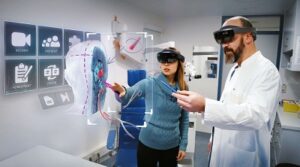
Virtual reality has changed healthcare, providing new solutions that make medical training, patient care, and therapy way better. Let’s check out the awesome ways VR is making its mark on healthcare.
One of the best uses of VR in healthcare is for medical training. Doctors and medical students can now access super realistic simulations of surgeries so they can practice complicated procedures in a safe virtual setting and this improves their skills and reduces the risks that come with real surgeries – it’s a win-win.
VR is also great for pain management. Using immersive VR experiences for distraction therapy has shown amazing results in decreasing pain and anxiety for patients during medical procedures. It gives them a drug-free way to deal with pain and discomfort.
In addition, VR is being used in physical and psychological therapy. Patients with conditions like PTSD, phobias, stroke issues, and more can do immersive therapy sessions to help their recovery and rehab.
The use of VR in healthcare keeps expanding, with the potential for better medical outcomes and patient experiences. As the tech improves, there will be more and more innovative ways that VR benefits healthcare pros and patients.
Educational Applications
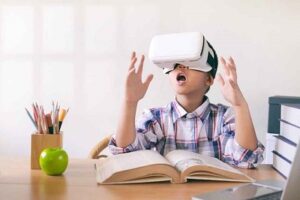 Virtual reality is pretty crazy how it’s changing the way we teach and learn these days. Instead of just reading textbooks, students can strap on a VR headset and actually experience what they’re studying, like they’ve been transported inside their lessons. It’s kind of like magic!
Virtual reality is pretty crazy how it’s changing the way we teach and learn these days. Instead of just reading textbooks, students can strap on a VR headset and actually experience what they’re studying, like they’ve been transported inside their lessons. It’s kind of like magic!
With VR, it’s like you can take your class on a field trip to ancient Rome or inside the human body without ever leaving the classroom, and seeing history and science up close makes it way more interesting than just memorizing facts and textbook drawings. I remember how boring learning about atoms in chemistry class was but with VR you could see the electrons buzzing around up close, which would be so sick.
There are so many ways VR can help students learn better. For learning new languages, you can practice talking with VR characters to get the accent and conversation flow right. VR also makes it easy for kids from schools all over the world to work together on group projects, which is really cool.
VR also helps students with disabilities learn by doing in their own way instead of just listening to lectures. As the tech keeps getting better, VR is going to change education in ways we can’t even imagine yet. I think every school will be using it soon.
VR Beyond Entertainment
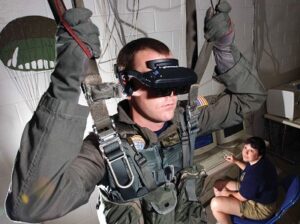 Virtual reality technology started out mainly for fun and games, but now it’s spreading into all kinds of other industries in really neat ways. For example, architects can use VR to let clients take virtual tours of buildings before they’re even built. This helps the architect and client get on the same page and avoid expensive mistakes down the line.
Virtual reality technology started out mainly for fun and games, but now it’s spreading into all kinds of other industries in really neat ways. For example, architects can use VR to let clients take virtual tours of buildings before they’re even built. This helps the architect and client get on the same page and avoid expensive mistakes down the line.
VR is also huge for training astronauts. It lets them practice doing complicated stuff in a simulated space environment before they go up and have to do it for real. Car companies are into it too – they use VR to visualize every little bit of a car’s design, inside and out.
The medical field is getting in on the action as well. VR can assist with diagnostics help patients regain abilities through rehab, and provide therapeutic experiences. Surgeons can even rehearse procedures beforehand in VR for safer, more precise surgeries.
Plus, VR is transforming shopping. Virtual stores let you interact with products and get the in-store experience right from your home.
As the tech keeps improving VR’s potential across many different fields is becoming clear. It promotes innovation, efficiency, and new possibilities way beyond just gaming and entertainment.
Conclusion
VR’s come a long way from those big clunky headsets back in the day. Now the hardware’s getting smaller and lighter, and the software’s getting crazy good at making virtual worlds feel like the real deal. This stuff is opening up a ton of possibilities that seemed like sci-fi not too long ago.
Like, doctors can use VR to practice tricky surgeries, students can take virtual field trips and check out ancient Egypt without leaving the classroom and engineers can build cars in a VR factory without getting their hands dirty heck, businesses are even using VR for virtual meetings so people across the globe can collaborate face-to-face without planes, trains or automobiles. Pretty wild!
Who knows what VR will be capable of in a few more years as the tech keeps advancing. We might even end up with full virtual worlds. We can work and live in, like sci-fi stuff straight out of the movies. The future’s wide open.
Long story short, VR went from fantasy to game-changing reality way faster than anyone imagined. By making the impossible feel possible, it’s changing the definition of reality itself. We’re lucky to be here experiencing this tech reshape the world right before our eyes. VR potential blows our minds, that’s for sure.


